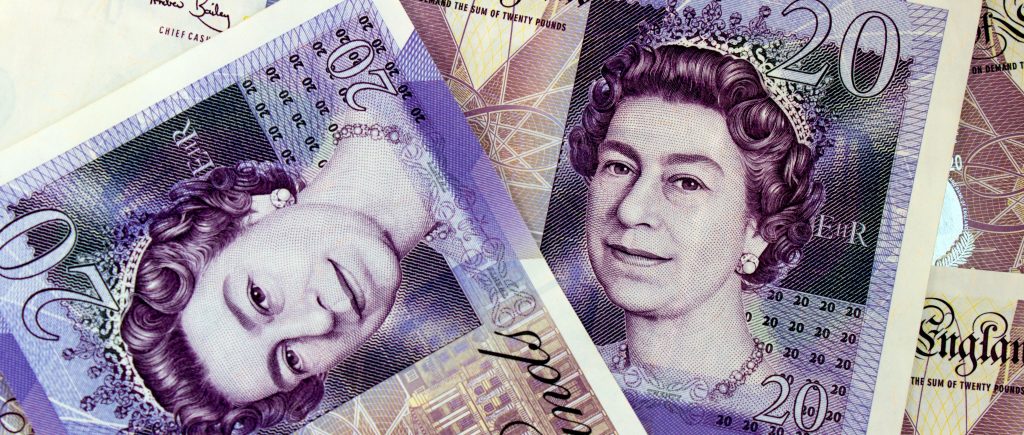The Pound Sterling (GBP) experienced a sharp decline against the US Dollar (USD) at the start of the new trading week, with the GBP/USD pair plummeting over 100 pips and breaching the 1.28 level. This significant drop, pushing the pair to its lowest point in a month around 1.2763 after an earlier intraday high near 1.2933, reflects growing market anxieties surrounding an escalating global trade war and its potential to trigger a broader economic downturn.
The renewed slide in Sterling came as hopes for a potential shift in the White House’s trade policies over the weekend proved short-lived. Instead, the increasing intensity of trade disputes, marked by newly imposed tariffs, sent shockwaves through global markets. 1 This environment of heightened uncertainty has bolstered the US Dollar, as investors often seek the perceived safety of the Greenback during times of international economic tension. The US Dollar Index (DXY), a measure of the dollar’s strength against a basket of major currencies, has seen renewed upward momentum, further contributing to the pressure on GBP/USD.
Despite some initial attempts at recovery that saw the GBP/USD pair briefly bounce off its one-month low and even revisit the 1.2900 mark, this upward movement lacked sustained bullish conviction. The underlying concern about the global economic outlook, heavily influenced by the unfolding trade conflict, continues to weigh on investor sentiment towards riskier assets like the Pound Sterling. The market remains sensitive to any further developments in the trade landscape, and the potential for additional escalations suggests that the Sterling could remain vulnerable to downward pressure in the near term. The interplay between trade war anxieties and the relative strength of the US Dollar is likely to continue dictating the trajectory of the GBP/USD pair.

 Noor Trends News, Technical Analysis, Educational Tools and Recommendations
Noor Trends News, Technical Analysis, Educational Tools and Recommendations




